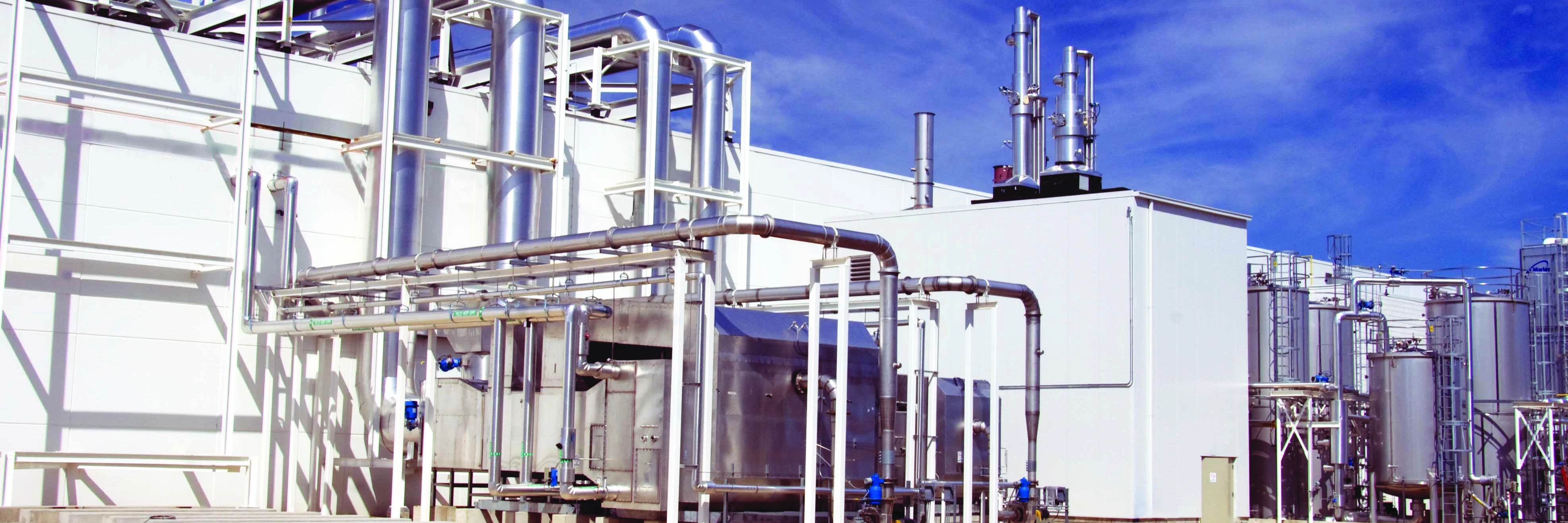Solvent Recovery
With X.Cellify SR, Dürr has developed a system for the highly efficient removal, recovery, and treatment of solvents from exhaust air streams in electrode coating lines. These systems recover high-quality solvents (electronic-grade solvents) and can be configured to comply with global and local emission standards.
Solvent recovery and treatment in a plant enables rapid cost savings compared to purchasing new solvents. Depending on the operating environment, various solutions are available, such as activated carbon beds for laboratory environments or condensers and concentrators for industrial plants. A closed-loop system ensures that the solvent is recycled and reused, which helps to reduce emissions. The solvent distillation system allows the purified solvent to be reused in the plant or outside.
Even in applications where very low emission levels must be maintained, a solvent recovery system with a carbon bed at the end of the process can be used. This ensures that the strict requirements are met. The recovery of the solvent by condensation with cold water from the exhaust air stream and its reuse in the plant not only contribute to cost savings, but also to reducing the ecological footprint and complying with environmental regulations.



